In recent days, people across the country are still reeling from the shock and sorrow of reading the news about a 5-year-old boy in Thai Binh who was left forgotten in a school bus for 11 hours under the scorching sun, leading to his death. This is not the first time a child has been left unattended in a school bus. Five years ago, a student from Gateway International School in Hanoi also died in a similar incident.
Associate Professor Dr. Nguyen Minh Hieu from Hanoi University of Transport said that school buses are currently considered a type of service vehicle operating on the basis of a transportation contract signed between the school and the transport company. The vehicles used are regular passenger buses, not specialized school buses like those used abroad. Worryingly, some companies even use old, dilapidated vehicles previously used for tourist transport and inter-provincial routes to transport students, posing a significant safety risk.
Currently, Vietnam lacks regulations regarding child safety equipment and safe child placement in cars. Many parents still allow children to sit in the front seat or stand in the car, reaching out the window, sticking their heads out the sunroof, etc.
It is understood that the Ministry of Transport has developed, finalized, and is currently seeking feedback on the draft revised and supplemented National Technical Standard on Technical Safety and Environmental Protection for automobiles. In this draft, the Ministry of Transport proposes separate regulations on technical safety and environmental protection for school buses.
There must be an alert system.
Specifically, the draft regulations stipulate that school buses must be equipped with a system to monitor the entire passenger area via the interior rearview mirror and an interior surveillance camera system to monitor the behavior of the driver, the behavior of the student's guardian, and the behavior of the students in the vehicle.
The vehicle must have an alarm system, emergency sounds, or direct communication with the driver or student supervisor to alert them if a student is left behind in the vehicle, for a maximum of 15 minutes.
The draft regulations also stipulate that the vehicles must have a uniform dark yellow color covering the exterior of the vehicle body. The front and the two sides above the windows must have signs identifying them as school buses.
Vehicles must have signage, parking signs, and warning signs prohibiting other vehicles from overtaking when parked at the bus stop to pick up or drop off students. They must also be equipped with a speed limiter to not exceed 80 km/h.
Seats must be equipped with two-point seat belts; at least one first-aid kit and a fire extinguisher must be installed in the vehicle; and there must be an exterior camera to monitor the situation outside the doors.
According to the drafting committee, establishing a common color helps increase visibility and distinguish school buses from other types of vehicles, thereby enabling other road users to know and proactively yield the right of way when sharing the road with school buses.
Dr. Khuong Kim Tao, former Deputy Head of the Office of the National Traffic Safety Committee, also believes that regulating a separate paint color, or even aiming for a common design to create a unique characteristic for school buses, is the best approach.
Therefore, it is also necessary to study mechanisms and policies that prioritize this type of vehicle, for example, prioritizing the placement of student pick-up/drop-off points near school gates, and prioritizing lane usage when moving...
We request the addition of child safety equipment.
Also related to ensuring the safety of children in traffic, according to a report by the National Traffic Safety Committee, there are 6.3 million registered cars in Vietnam, with the Vietnamese car market growing by approximately 500,000 new vehicles each year. This means that the number of children in traffic will increase significantly, raising concerns about regulations related to child safety in cars.
Preliminary assessments by the National Traffic Safety Committee indicate that there are approximately 1,800-2,000 traffic accidents involving children each year, of which about 600-700 involve cars with children inside. The traffic accident mortality rate for children in Vietnam is: 1.9/100,000 children aged 5-14; and 1.4/100,000 children aged 0-4.
The Center for Health and Community Development Consulting - CHD (under the Vietnam Union of Science and Technology Associations) believes that if regulations on the use of safety equipment and safe seating positions for children are legalized and effectively applied in the Law on Road Traffic Safety, it could reduce the number of cases of children suffering particularly serious injuries or fatalities in cars in Vietnam by 400-500 per year.
This agency suggests that, to be more comprehensive, the Law on Road Traffic Safety needs to further specify the principles for ensuring the safety of children in road traffic.
Specifically, in Article 3, it is proposed to add the phrase "Child safety equipment in automobiles includes bassinets, seats, and booster seats designed to limit the possibility of a child's body shifting in the event of a collision or sudden deceleration of the vehicle."
Clause 3, Article 11 proposes adding the content "children under 10 years old and under 1.35 meters tall shall not sit in the same row of seats as the driver, except in vehicles with only one row of seats" and removing the content "without an adult sitting with them".
Explaining the proposal that "children under 10 years old and under 1.35 meters tall should not sit in the same seat as the driver," CHD stated: The World Health Organization (WHO) has recommended that all children should sit in the back seat of a car. Furthermore, when using safety devices, the risk of injury to children in the back seat is reduced by 14% compared to children in the front seat.
Furthermore, according to data from the 2023 traffic safety survey, 115 countries have laws prohibiting children from sitting in the front seat, with 70 countries completely banning it and 45 countries banning it but allowing it if there is a child safety device in the car.
Regarding the proposal to remove the phrase "without an adult present" for children being transported in cars and on motorcycles from the draft law, CHD argues that this phrase could mislead people into thinking that seat belts/safety devices are unnecessary if an adult is present. In the event of a collision, inertia and unexpected situations could prevent the adult from securely holding the child, leading to the child being thrown from the seat, sustaining serious injuries, and suffering trauma.
A research team led by Associate Professor Pham Viet Cuong from the University of Public Health conducted an impact assessment of the proposed amendments to the regulations, showing that the public reacted very positively to the proposal. Currently, although not yet regulated, many people have already automatically adopted the changes. In several nationwide public opinion polls conducted from 2020 to 2023, the support rate for the proposal reached 85%.
(Chinhphu.vn)
Source









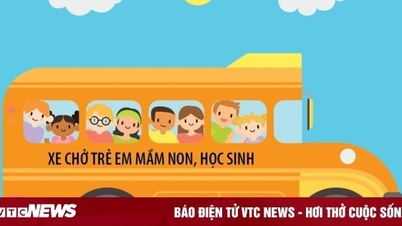

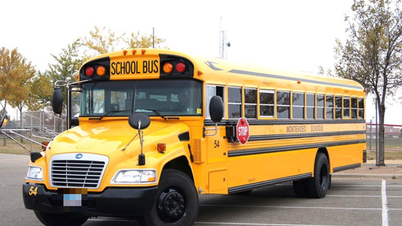
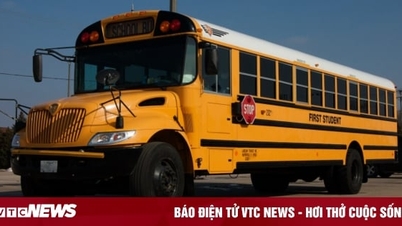
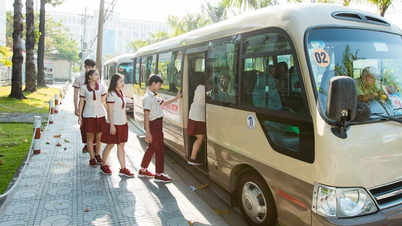

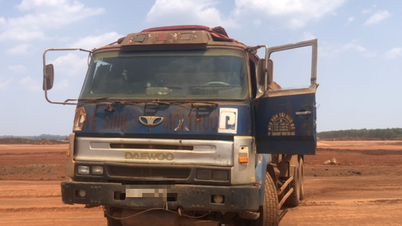





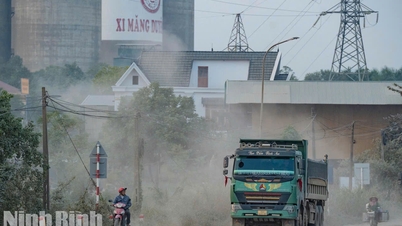





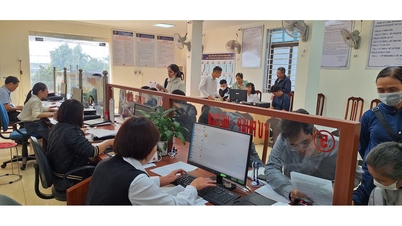


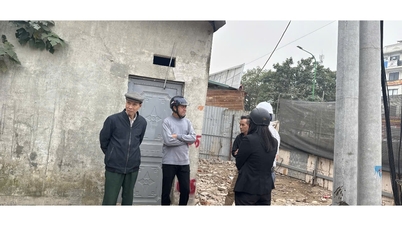


![[Photo] Prime Minister Pham Minh Chinh holds a phone call with the CEO of Russia's Rosatom Corporation.](/_next/image?url=https%3A%2F%2Fvphoto.vietnam.vn%2Fthumb%2F1200x675%2Fvietnam%2Fresource%2FIMAGE%2F2025%2F12%2F11%2F1765464552365_dsc-5295-jpg.webp&w=3840&q=75)










































































Comment (0)